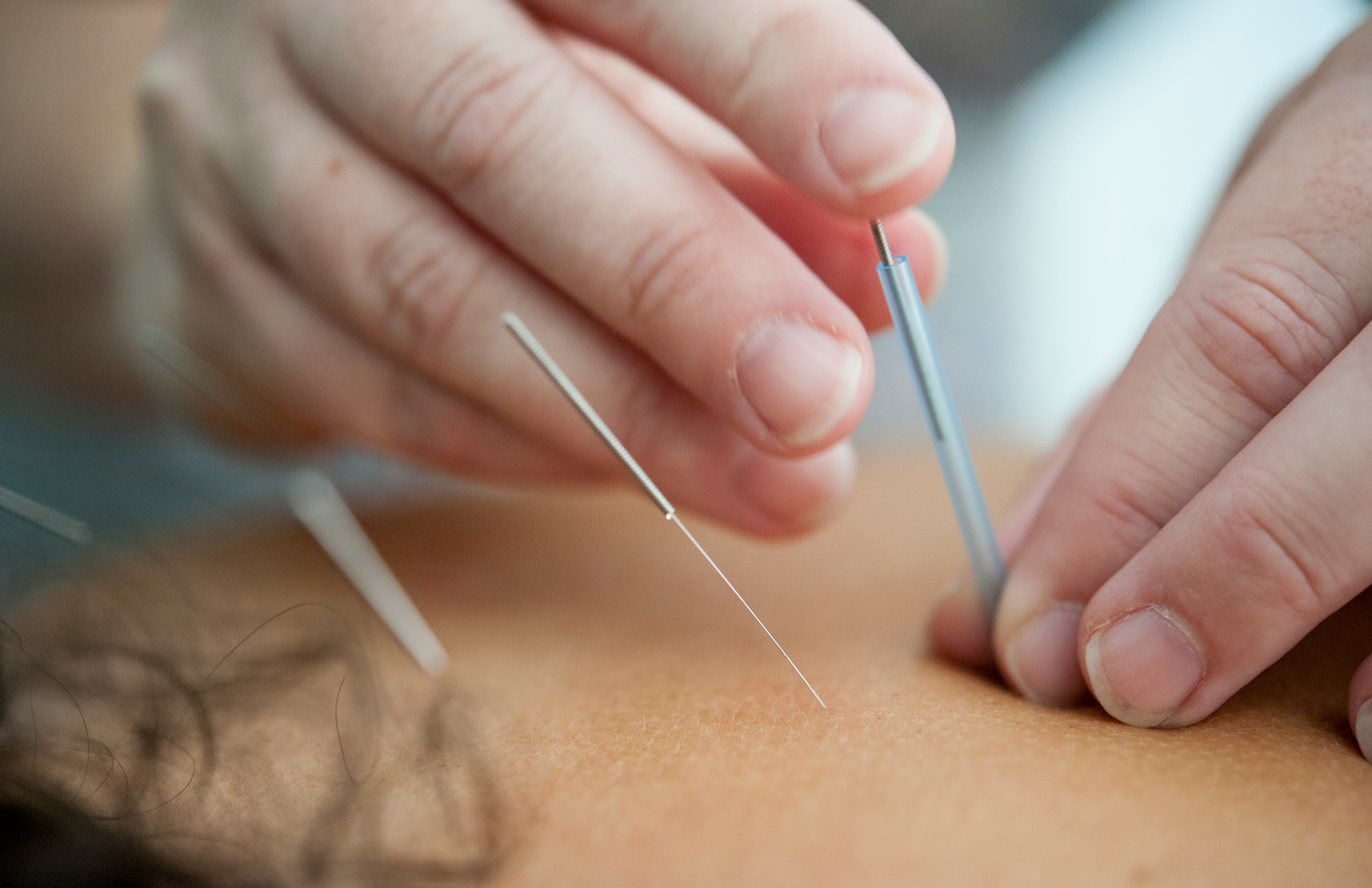Attachments
Note: Not all attachments are visible to the general public. Research URLs will go live after the embargo ends.

Research
Springer Nature, Web page
Please link to the article in online versions of your report (the URL will go live after the embargo ends).
Journal/
conference: Nature Human Behaviour
conference: Nature Human Behaviour
Research:Paper
Organisation/s:
Paris Nanterre University, France
Funder:
This work has been carried out within the framework of the ANR-
23-CE28-0019-01 EBIA-CT awarded to C.J.G. and supported by the
French National Research Agency and the France 2030 programme,
under reference ANR-23-IAIIU-0010 awarded to C.J.G. and R.D. The
funders had no role in the study design, data collection and analysis,
decision to publish or preparation of the manuscript. We thank all the
colleagues and their team who agreed to prepare and share their raw
data, enabling the replication of their meta-analytic work (including
Y. Li, P. Salazar de Pablo, K. Gurusamy and D. Fraguas). We also thank
V. Athanasoula for making double-checks of extracted data, ensuring
that the current work meets the highest standards. S. Cortese, NIHR Research Professor (grant no. NIHR303122), is funded by the NIHR for
this research project. The views expressed in this publication are those
of the author(s) and not necessarily those of the NIHR, NHS or the UK
Department of Health and Social Care. S. Cortese is also supported
by NIHR grants NIHR203684, NIHR203035, NIHR130077, NIHR128472,
RP-PG-0618-20003 and by grant 101095568-HORIZONHLTH-
2022-DISEASE-07-03 from the European Research Executive Agency.



 International
International


